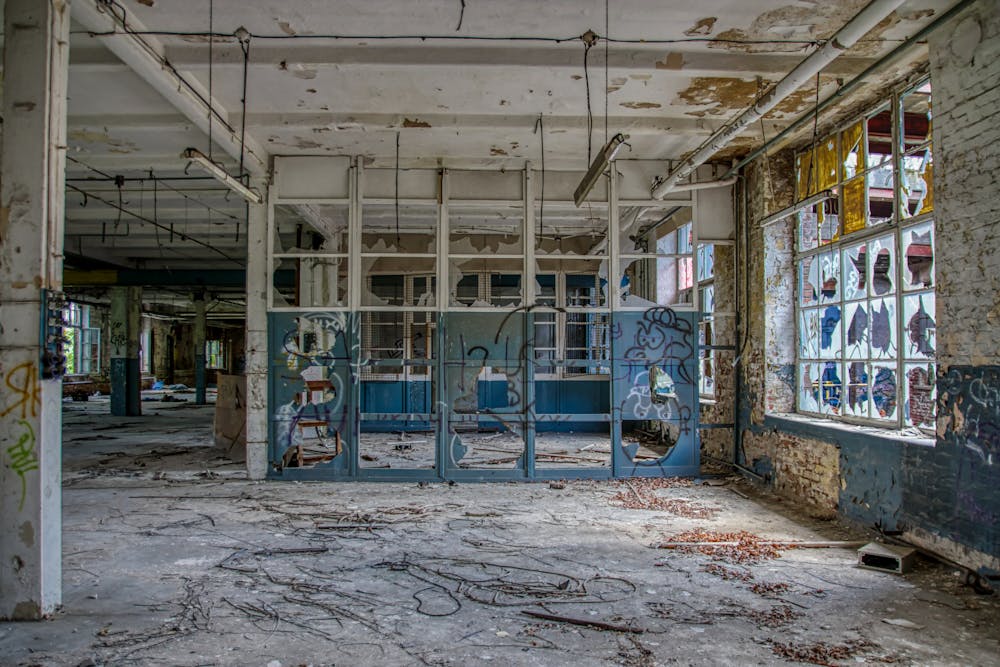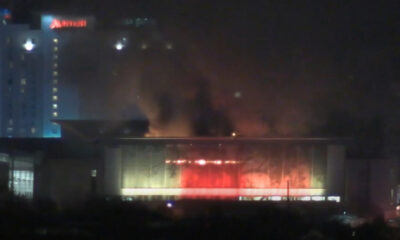Reviews
Green Construction on the Rise, But What About Asbestos in Old Materials?

The digital revolution has dramatically shaped how everyone views residential and commercial buildings. Cities now include LEED plaques, solar panels, and net-zero projects; sustainability has become uncompromisable. While we celebrate sustainability, recycling, and saving energy, many old structures hide a deadly secret: asbestos. Asbestos is still causing real problems for real people today. Let’s learn more below:
Why is Everyone Talking About Building Green?
The numbers speak for themselves. Green building has exploded into a massive industry worth billions. It’s not hard to see why. Builders are using reclaimed wood, recycled steel, low-VOC paints, and even newer materials like hempcrete and bamboo. The benefits include more than environmental sustainability. Property owners are finding that green buildings sell for more and attract better tenants. Energy bills drop significantly, and there are tax breaks to take advantage of. Insurance companies sometimes also offer lower premiums.
Major corporations are jumping on board as well, committing to carbon-neutral real estate portfolios. It’s better for the business and the planet. However, before you can build that shiny, sustainable future, you’ve got to deal with the past. And the past is often full of asbestos.
The Asbestos Legacy
In the past, asbestos was everywhere as it was cheap, durable, and fire-resistant. However, builders were unaware of its dangers. When disturbed, it releases microscopic fibers that can settle into your lungs. Over time, they can cause devastating damage: scarring, chronic lung disease, and cancer.
Mesothelioma, one of the cancers linked to asbestos, is particularly brutal, aggressive, and usually diagnosed far too late to be treated effectively; you might not know you’ve been exposed until 20 or 50 years later. By then, treatment options are limited, and the prognosis is grim.
The Green Renovation Dilemma
Here’s where sustainable building and asbestos risk intersect in troubling ways. The push toward adaptive reuse is environmentally responsible, whether it’s transforming old warehouses into loft apartments, converting historic buildings into modern offices, or renovating aging homes with energy-efficient upgrades. It reduces construction waste, preserves embodied energy in existing structures, and revitalizes neighborhoods.
But these older buildings are precisely the ones most likely to contain asbestos. A beautiful Victorian home might have asbestos in its vermiculite attic insulation. It can be found in the pipe insulation and floor tiles of an industrial building with exposed brick and character.
Workers tearing out old materials to make way for solar panels, better insulation, or modern HVAC systems may be unwittingly exposing themselves to asbestos fibers. Even well-intentioned DIY renovators, inspired by sustainability goals and home improvement shows, can disturb asbestos without realizing the danger.
Those affected by past exposure can reach out to a mesothelioma lawyer for help pursuing compensation. These attorneys handle complex asbestos cases involving multiple companies and decades-old exposure, helping families cover medical costs and holding responsible parties accountable.
Getting it Right
Green construction and asbestos safety don’t have to conflict. They just require foresight and professional help. Before any renovation, buildings need proper asbestos testing. Licensed inspectors can recommend whether to seal materials, cover them, or bring in certified professionals for safe removal with proper equipment. Dealing with asbestos properly actually fits sustainability principles. Worker safety is fundamental to genuine sustainability. Preventing contamination protects the environment.
Endnote
The construction industry’s shift toward sustainability is genuinely positive, but we can’t get so caught up in the future that we ignore dangers in older structures. Asbestos testing must become as routine as energy audits. Building a sustainable future means confronting the hazardous materials of our past and protecting the people doing the work.

-

 Health6 days ago
Health6 days agoFrance confirms 2 MERS coronavirus cases in returning travelers
-

 Health1 week ago
Health1 week ago8 kittens die of H5N1 bird flu in the Netherlands
-

 Entertainment6 days ago
Entertainment6 days agoJoey Valence & Brae criticize DHS over unauthorized use of their music
-

 US News3 days ago
US News3 days agoMagnitude 7.0 earthquake strikes near Alaska–Canada border
-

 Legal1 week ago
Legal1 week ago15 people shot, 4 killed, at birthday party in Stockton, California
-

 US News1 week ago
US News1 week agoFire breaks out at Raleigh Convention Center in North Carolina
-

 Legal5 days ago
Legal5 days agoWoman detained after firing gun outside Los Angeles County Museum of Art
-

 Health1 week ago
Health1 week agoEthiopia reports new case in Marburg virus outbreak




